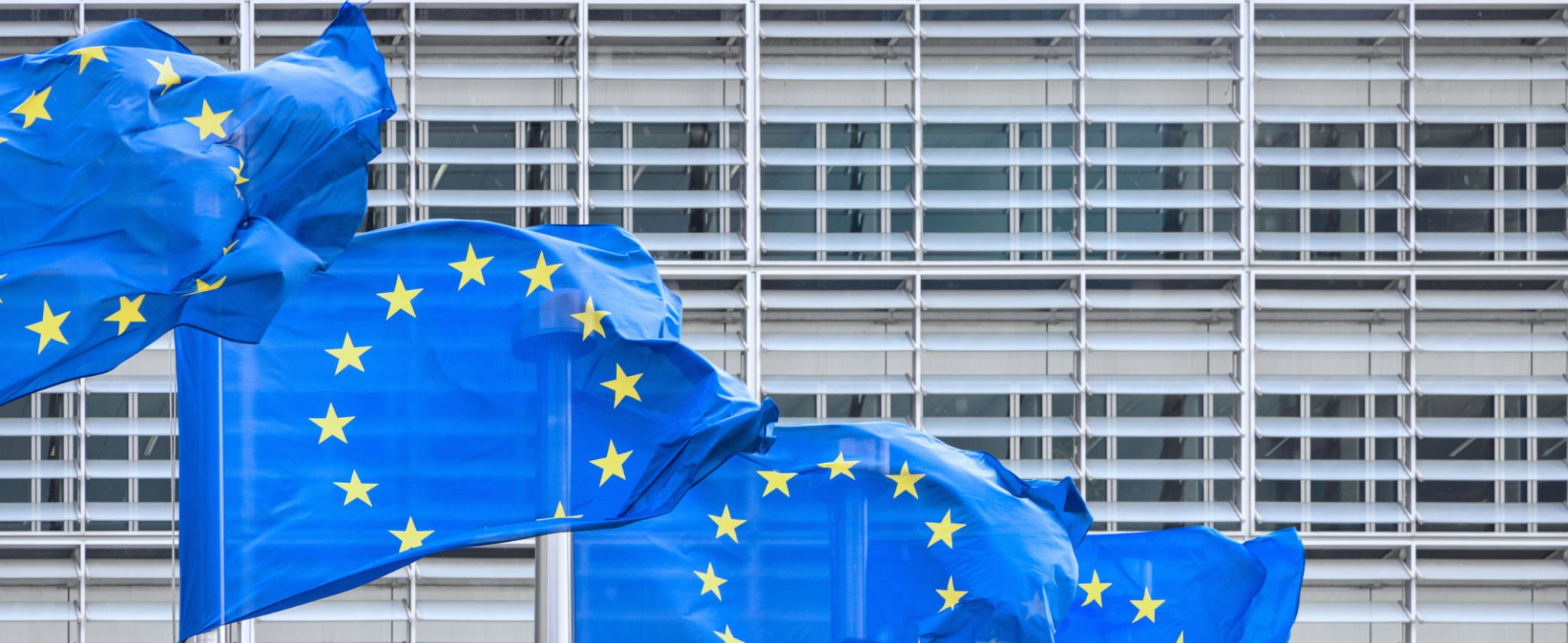Key Insights
- EU’s Markets in Crypto Assets regulation for stablecoins is now in effect, permitting only regulated stablecoins within the bloc and requiring users to convert non-compliant tokens.
- Industry reactions are mixed: some emphasize the need for compliance and user protection, while others express concerns about operational complexities and restrictions on stablecoin issuance.
BRUSSELS (MarketsXplora) – The European Union’s Markets in Crypto Assets (MiCA) regulation for stablecoins came into force today, marking a significant shift in the bloc’s approach to digital assets. The new framework mandates that only regulated stablecoins will be permitted for use within the EU, compelling companies and users to adapt swiftly.
Ilya Volka, CEO of crypto platform YouHodler, emphasized the urgency for EU-based stablecoin users to convert non-compliant tokens to regulated alternatives like USDC.
“This conversion ensures maximum stability without impacting digital asset values,” Volka told MarketsXplora. He cautioned against moving stablecoins to offshore platforms, warning of potential legal and financial risks, including asset freezing by authorities.
Volka reassured users that the conversion process would not result in financial losses. “Converting USDT to USDC, for instance, maintains the same dollar value,” he explained.
The regulation has prompted major crypto exchanges to take action. Binance, one of the world’s largest, announced plans to restrict access to “unauthorized” stablecoins in the EU by the end of June.
Read also! Circle Secures Approval to Issue Stablecoins in Europe
However, not all industry players view the regulation positively. Tether CEO Paolo Ardoino expressed concerns about MiCA’s impact on stablecoin issuers.
“MiCA contains several problematic requirements that could make the job of stablecoin issuers extremely complex and riskier to operate,” Ardoino stated. He called for further discussions on technical implementation standards to provide market clarity.
A particularly contentious aspect of MiCA is Article 23, which imposes issuance restrictions on stablecoins exceeding one million daily transactions or €200 million ($215 million) in daily trading volume.
Despite these challenges, industry experts view MiCA as a potential blueprint for other jurisdictions. Eleanor Gaywood, Head of Strategy at Coincover, sees the EU’s move as pioneering.
“Implementing MiCA’s stablecoin provisions puts the EU at the forefront of embracing cryptocurrency innovations,” Gaywood said. She noted recent de-listings of certain stablecoins by exchanges, indicating ongoing confusion about compliance.
Read also! CySEC Launches MiCA Consultation, Seeks Industry Input
Gaywood urged collaborative efforts between the European Securities and Markets Authority (ESMA) and the industry to facilitate compliance, preferring this approach over punitive measures.
While key provisions of MiCA, including KYC/AML requirements for crypto asset service providers, took effect on June 30, full compliance with the new regulatory framework is expected by December.
As the crypto industry grapples with these new regulations, the EU’s approach to stablecoins could set a precedent for global crypto governance, potentially influencing regulatory frameworks worldwide.



[…] timing is strategic, citing two key factors: the need to compete with the European Union’s Markets in Crypto Assets (MiCA) regulation, and capitalizing on market optimism following Donald Trump’s election […]